Oct 31 2022
Alternative Gene Splicing – Another Method of Bioengineering
 Genetic engineering is a rapidly progressing scientific discipline, with tremendous current application and future potential. It’s a bit dizzying for a science communicator who is not directly involved in genetics research to keep up. I do have some graduate level training in genetics so at least I understand the language enough to try to translate the latest research for a general audience.
Genetic engineering is a rapidly progressing scientific discipline, with tremendous current application and future potential. It’s a bit dizzying for a science communicator who is not directly involved in genetics research to keep up. I do have some graduate level training in genetics so at least I understand the language enough to try to translate the latest research for a general audience.
Many readers have by now heard of CRISPR – a powerful method of altering or silencing genes that brings down the cost and complexity so that almost any genetics lab can use this technique. CRISPR is actually just the latest of several powerful gene-altering techniques, such as TALEN. CRISPR is essentially a way to target a specific sequence of the DNA, and then deliver a package which does something, like splice the DNA. But you also need to target the correct cells. In a petri dish, this is simple. But in living organism, this is a huge challenge. We have developed several viral vectors that can be targeted to specific cell types in order to deliver the CRIPR (or TALEN), which then targets the specific DNA.
Now I would like to present a different technique I have not previously written about here – alternative splicing. A recent study presents what seems like a significant advance in this technology, so it’s a good time to review it. “Alternative splicing” refers to a natural phenomenon of genetics. Genes are composed of introns and exons. I always thought the nomenclature was counterintuitive, but the exons are actually the part of the gene that gets expressed into a protein. The introns are the part that is not expressed, so they are cut out of the gene when it is being converted into mRNA, and the exons are stitched together to form the sequence that is translated into a protein. Alternative splicing refers to the fact that the way in which the introns are removed and the exons stitched together can vary, creating alternative forms of the resulting protein. This dramatically increases the number of different proteins that an organism’s genes can code for, because each gene can potentially code for multiple protein variants through alternative splicing.

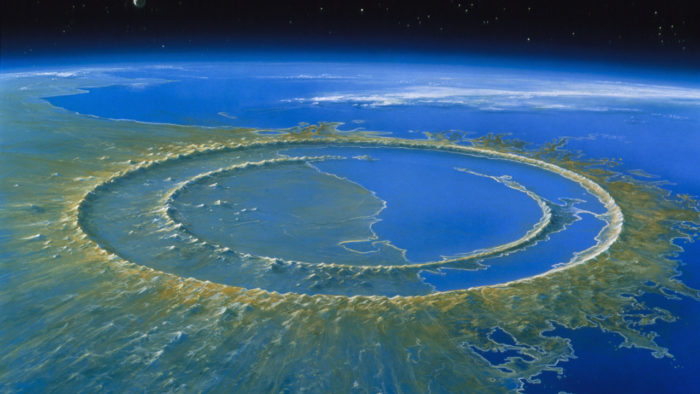 At this point there is little question that a giant asteroid, 10 kilometers across, impacted the Earth about 66 million years ago. Evidence for this impact began with an iridium layer discovered at the Cretaceous-Paleogene, or K-Pg, boundary. Something deposited an unusually high level of iridium in a brief event all around the world. Later the likely crater resulting from this impact was found in Chicxulub, Mexico. Multiple other discoveries have supported this conclusion, including the fact that this impact was the likely cause of the dinosaur extinction. There was also massive volcanic activity at that time, and dinosaur populations may have been in decline, but that was likely a side show. The main event was the impact.
At this point there is little question that a giant asteroid, 10 kilometers across, impacted the Earth about 66 million years ago. Evidence for this impact began with an iridium layer discovered at the Cretaceous-Paleogene, or K-Pg, boundary. Something deposited an unusually high level of iridium in a brief event all around the world. Later the likely crater resulting from this impact was found in Chicxulub, Mexico. Multiple other discoveries have supported this conclusion, including the fact that this impact was the likely cause of the dinosaur extinction. There was also massive volcanic activity at that time, and dinosaur populations may have been in decline, but that was likely a side show. The main event was the impact. It is difficult to project costs into the future, because there are many variables and small errors magnify over time. But still, statistical modeling can be done and validated to produce reliable estimates that can at least inform our discussion.
It is difficult to project costs into the future, because there are many variables and small errors magnify over time. But still, statistical modeling can be done and validated to produce reliable estimates that can at least inform our discussion. 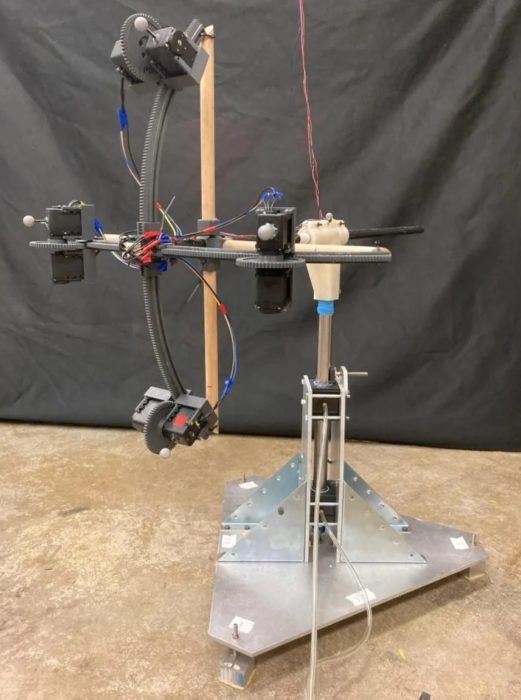 I have to be honest, I don’t believe it. Whenever research seems to show a phenomenon that defies the known laws of physics, that is my initial reaction. It’s a good default approach, and so far it has proven correct. I didn’t believe it when researchers claimed they found
I have to be honest, I don’t believe it. Whenever research seems to show a phenomenon that defies the known laws of physics, that is my initial reaction. It’s a good default approach, and so far it has proven correct. I didn’t believe it when researchers claimed they found 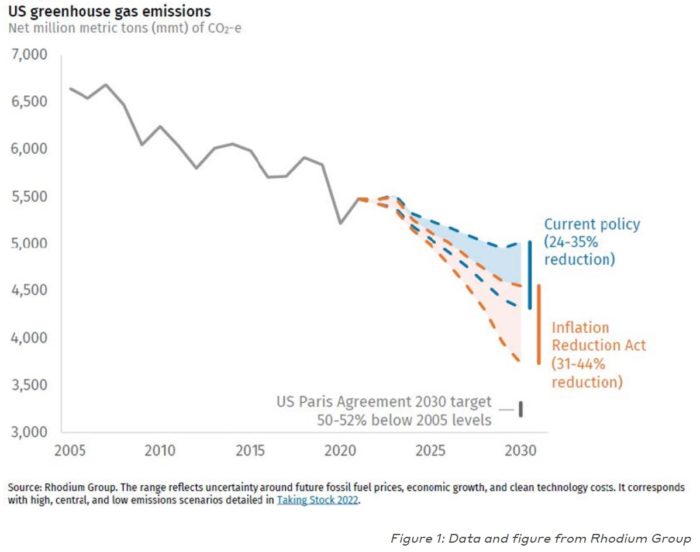 The US is about to pass into law the first real action on climate change in decades. Obviously there is a lot of politics involved, and I don’t want to get sucked into that, but rather I want to discuss the strategy of this approach to mitigating climate change.
The US is about to pass into law the first real action on climate change in decades. Obviously there is a lot of politics involved, and I don’t want to get sucked into that, but rather I want to discuss the strategy of this approach to mitigating climate change.  It should come as a surprise to no one that the fossil fuel industry has been financing a vast public relations campaign over the last three decades to sow confusion and doubt about human-caused climate change. This is already well established.
It should come as a surprise to no one that the fossil fuel industry has been financing a vast public relations campaign over the last three decades to sow confusion and doubt about human-caused climate change. This is already well established. 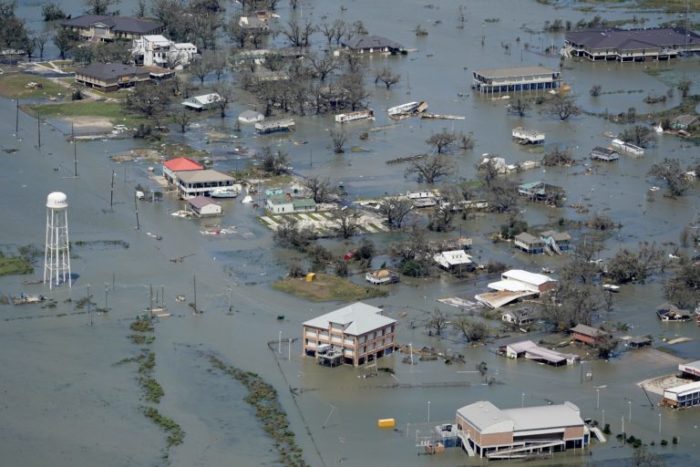
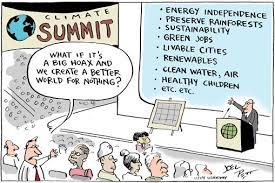 What if there were a change we could make in our society that would save, in the US alone, more than 50,000 lives per year and avoid more than $600 billion every year in health care costs and lost productivity? How much should we invest each year to make the necessary changes? Even if we invested $3 trillion over the next 10 years, that would only be half as much as we would save over the same length of time (in addition to preventing have a million premature deaths). Would you say that was worth it? It sounds like a good deal, but of course we have to delve into the details.
What if there were a change we could make in our society that would save, in the US alone, more than 50,000 lives per year and avoid more than $600 billion every year in health care costs and lost productivity? How much should we invest each year to make the necessary changes? Even if we invested $3 trillion over the next 10 years, that would only be half as much as we would save over the same length of time (in addition to preventing have a million premature deaths). Would you say that was worth it? It sounds like a good deal, but of course we have to delve into the details.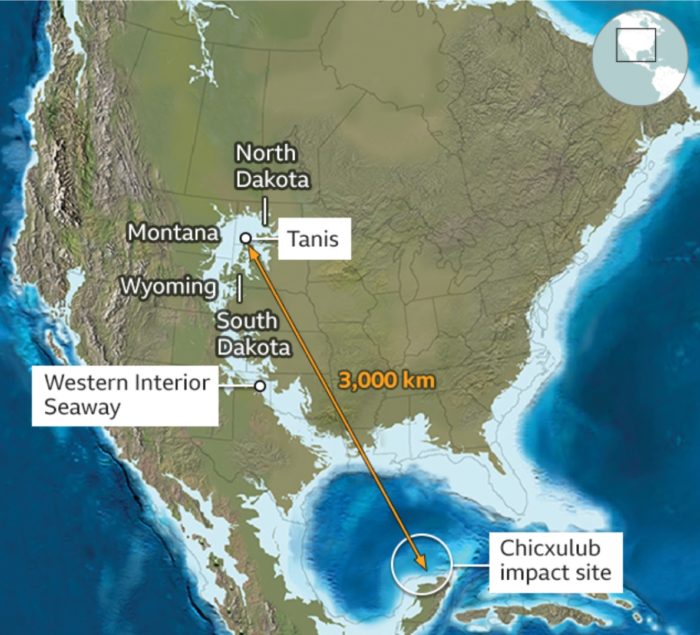 This is one of the coolest science news stories of the last decade, and I’m a bit surprised it’s not getting more play.
This is one of the coolest science news stories of the last decade, and I’m a bit surprised it’s not getting more play. 




